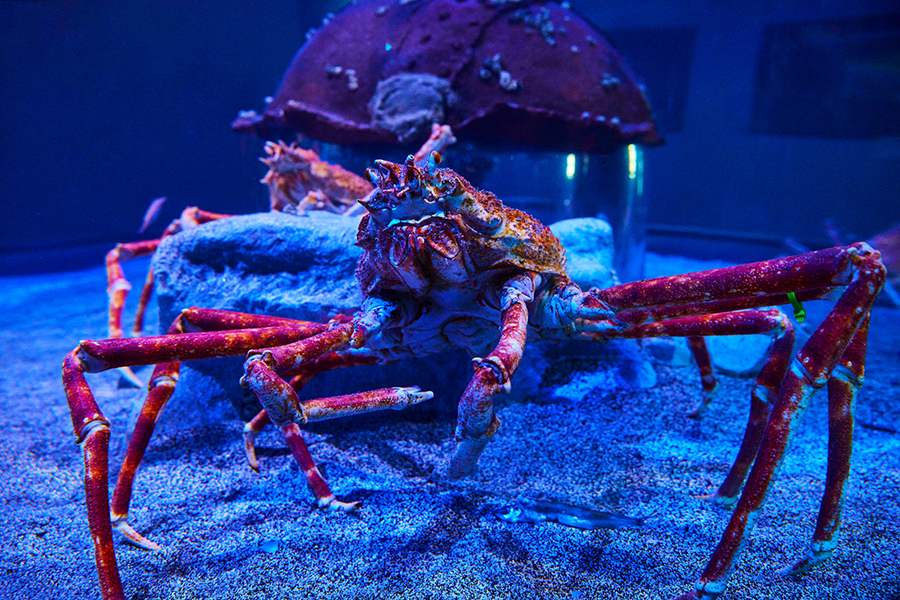
About the Exhibit
As you enter this colorful gallery, you’re stepping into the Marvels of the Deep — a vibrant underwater world full of wonder. From bright reef fish and swaying anemones to the pulsing arms of a hidden octopus, these exhibits highlight some of the most fascinating and vital marine life on Earth.
Corals, often mistaken for plants, are actually colonies of tiny animals called polyps. These invertebrates form reef systems that are teeming with life. Hard corals build calcium carbonate skeletons that become the foundation of reefs, while soft corals, though equally vibrant, are more flexible and do not form hard structures. Corals rely on a partnership with microscopic algae for food and energy, and they also use stinging tentacles to capture tiny prey.
Unfortunately, coral reefs face serious threats from pollution, warming waters, and a mysterious condition known as stony coral tissue loss disease (SCTLD). This disease is devastating Florida’s reef tract, one of the largest in the world. Worldwide conservation efforts are underway to rescue and protect the most affected species by education, research, and restoration projects.
Reefs support nearly a quarter of all ocean life, earning them the nickname “rainforests of the sea.” Even after the animals are gone, remnants like seashells continue to play an important role. They protect beaches, house tiny animals, and provide nutrients to marine ecosystems.

In this exhibit, you are also looking at a kelp forest! Kelp is a nutrient-rich seaweed plant that helps to sustain the lives of several marine species, including the majestic giant Pacific octopus.
Nearby, our giant Pacific octopus offers a glimpse into the incredible intelligence of cephalopods. Giant Pacific octopuses can squeeze through tight spaces, solve puzzles, and even change color to camouflage. These fascinating creatures only live a few short years, but in that time, they display some of the most complex behaviors in the ocean.
Rounding out the exhibit are the long-legged spider crabs. Their lengthy legs allow them to quickly and quietly stalk their prey in the wild – they also have the largest leg span of any arthropod in the world!

Together, these exhibits showcase the beauty, complexity, and fragility of life beneath the surface — and why it's worth protecting.
